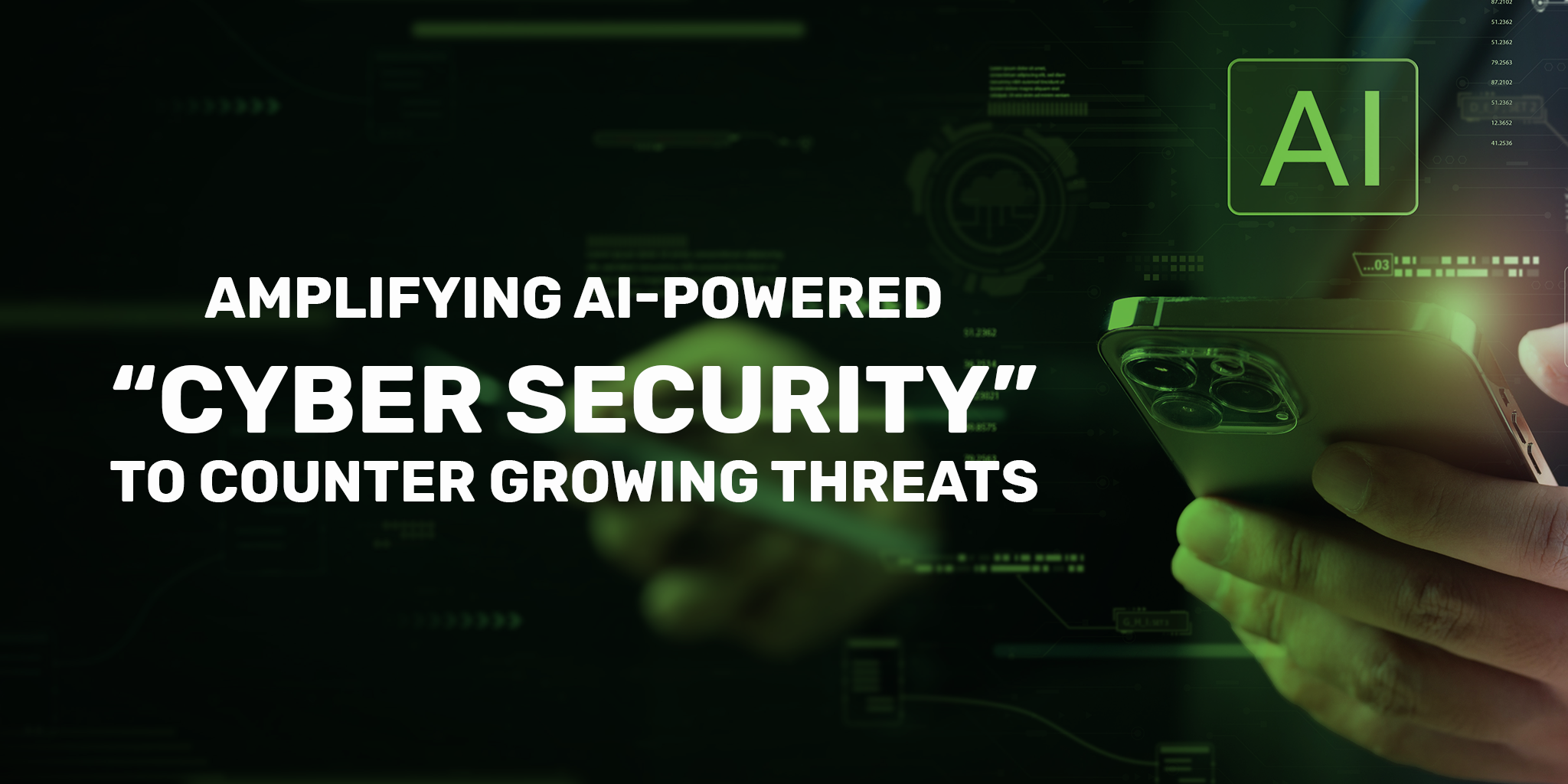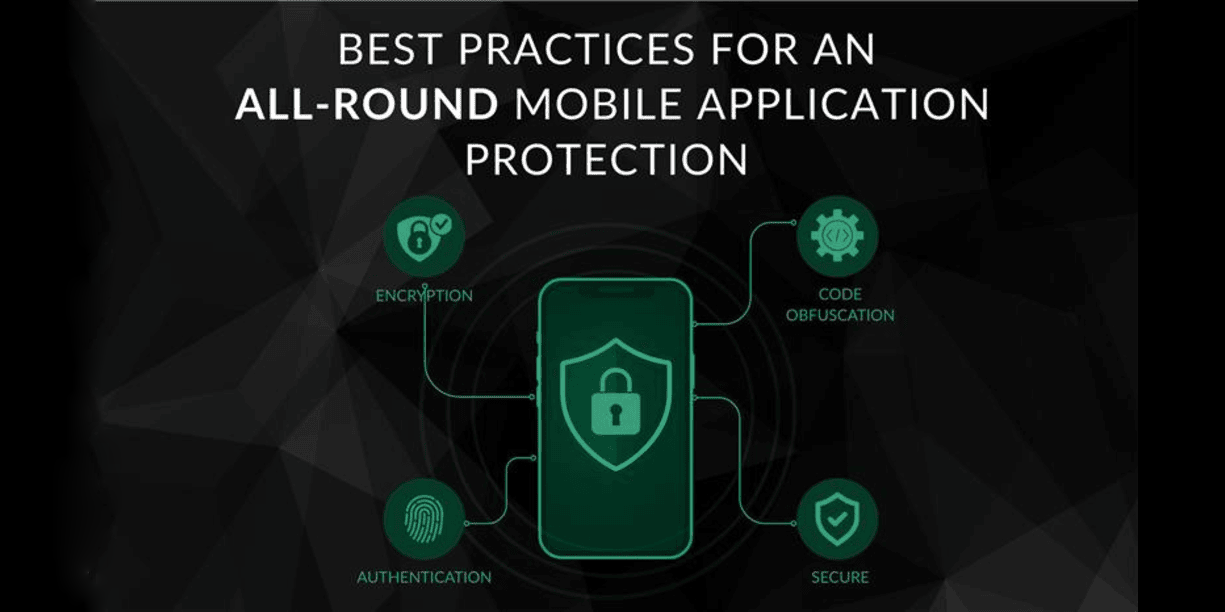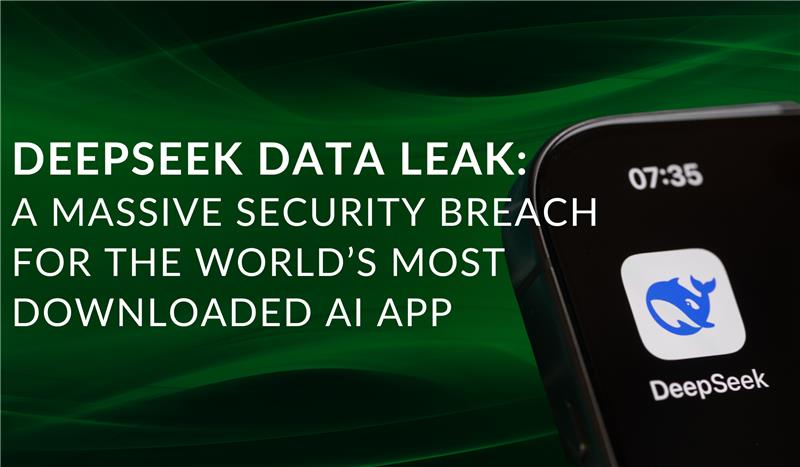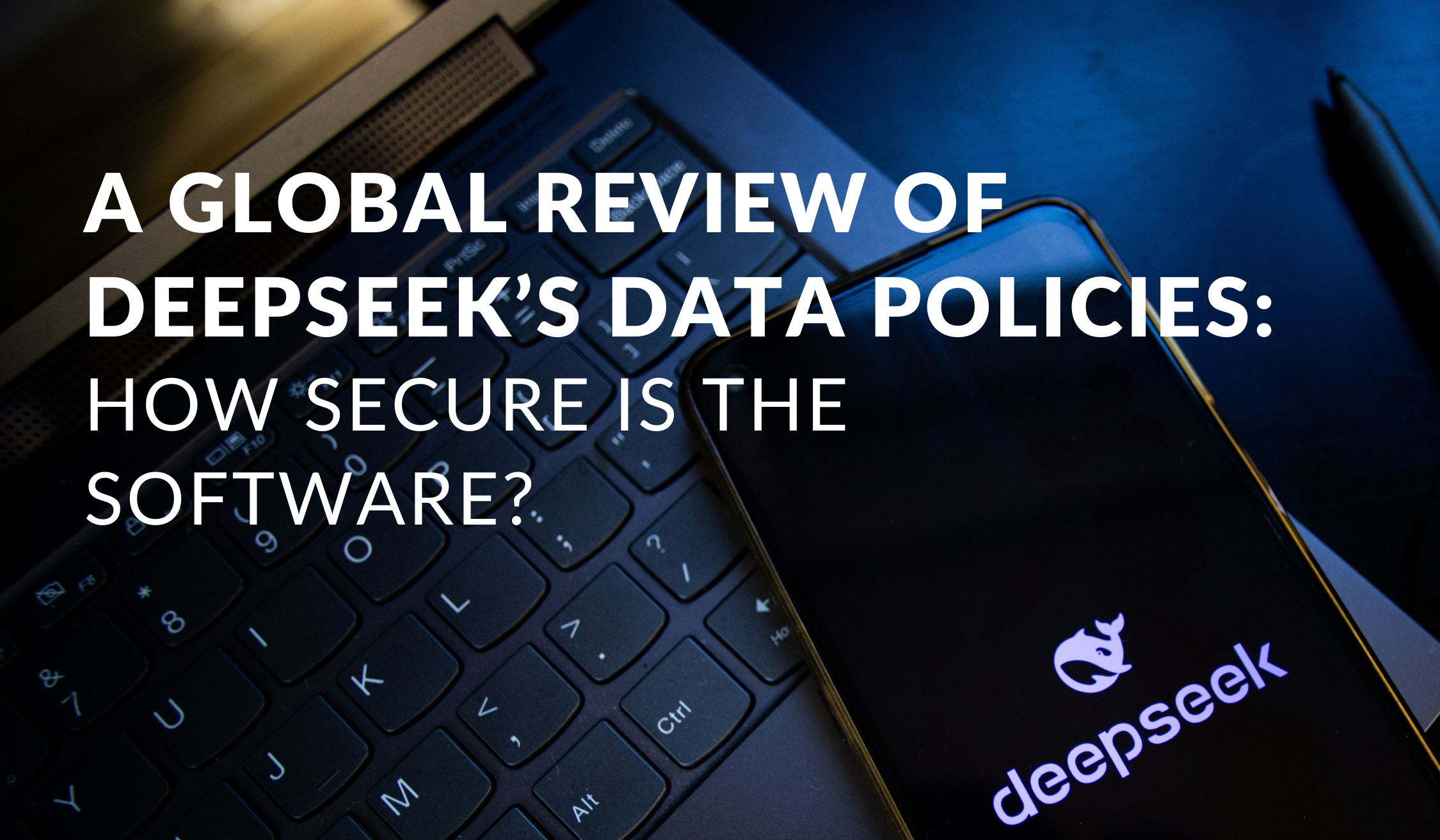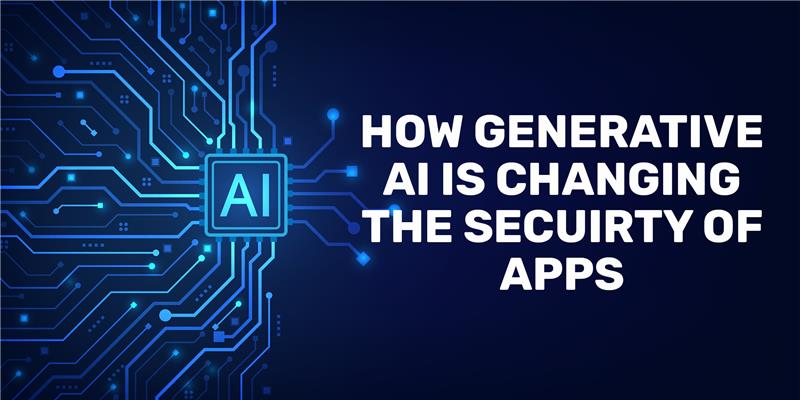Business leaders are very worried about the rise of complicated cyber threats in today’s digital world, which changes very quickly. They are finding it difficult to keep up with the increasing demand for cybersecurity while also pursuing expansion and innovation.
The new Cyber Security Strategy from the Australian Government is all about helping businesses get better at protecting themselves from cyber threats. However, for many businesses, putting these extra security measures into place may seem impossible because there aren’t enough security professionals in the region.
Going forward, we need to work together across national borders to find new ways to make things safer. In a world driven by AI, businesses need to be protected from cybercrime that is getting smarter, which requires everyone to work together.
Navigating Cybersecurity: Smart Investments and AI-Powered Defence
To keep up with cybercriminals’ constantly changing threats, like the growing use of AI, businesses need to be proactive about finding and stopping problems before they happen. Companies now realise that a larger portion of their budget needs to go towards security investments; the problem is figuring out how best to spend that money, considering the risk profiles of their industries and what will yield the best return on investment.
According to Gartner, Australian businesses will spend more than AU $7.3 billion on risk and security management tools this year, an increase of 11.5% over 2023.
Furthermore, as security breaches become increasingly common, a shift in mindset is needed. In today’s threat landscape, it’s not a matter of if an organisation will be breached but when. To combat sophisticated threats, detection measures need to be enhanced with integrated and AI-powered attack signal intelligence.
While incorporating AI into a cybersecurity strategy is a logical step, it’s important to remember that the most resilient cybersecurity investments typically combine cutting-edge technological innovations with deep expertise.
Adapting to Hybrid Threats: Embracing a Unified Approach to Enterprise Security
In 2023, ransomware strategies evolved from capitalising on human mistakes to focusing on network infrastructure, posing a more significant hurdle for prevention and mitigation solutions. With the widespread adoption of hybrid and multi-cloud setups, all businesses now operate as hybrid entities, facing attacks of a mixed nature. This highlights the need for new threat detection coverage across the growing hybrid attack surface and has rendered legacy threat detection and response solutions ineffective against the new threat landscape.
Cybercriminals are incredibly adaptable, as demonstrated by the LockBit incident, where the gang quickly reorganised and relaunched its operations on new infrastructure in response to a law enforcement response. This incident also made clear how important it is for companies to keep their security measures current. LockBit acknowledged that one major weakness that allowed law enforcement to penetrate their systems was the inability to update critical software. This is a clear reminder that keeping up with patches and updates is essential to maintaining good cybersecurity hygiene and thwarting attacks.
Attackers typically start with the most common systems, such as Windows endpoints. As these systems become more secure and harder to exploit, they pivot to network infrastructure. When it comes to the network or other attack vectors, traditional controls are failing, leaving business leaders and their IT teams struggling to prevent lateral movement. To contend with new methods, enterprise infrastructure must be viewed as a unified target, just as attackers see it.
Increasing Cybersecurity: Proactive Defence and Real-Time Visibility
Organisations face numerous vulnerabilities, making it critical to implement solutions that not only prevent hybrid attacks but also dismantle organisational silos. These solutions provide comprehensive visibility across the hybrid attack surface, covering both network infrastructure and endpoints, by integrating with Endpoint Detection and Response (EDR) vendors.
According to Alex Chan, CPG’s Head of IT, “Cybercrime is an issue that affects the entire industry and is not going away.” Businesses must take proactive steps to improve organisational resilience and secure their infrastructure.
“Prioritising our network’s defence means having real-time visibility so we can proactively reduce risk. Intelligent threat detection technology helps our cyber team think like an attacker, understand attacker behaviour, and analyse detection patterns unique to our environment. Advanced security AI also surfaces potential attacks in real-time, helping us prioritise and reduce alert noise. This means our security teams can spend their time where it matters most – focusing on threats by severity.”
Encouraging Security Decision-Makers: Prioritising Threat Response
Many companies promote their “cloud-first” strategy while maintaining substantial data center infrastructure. However, this data center footprint still requires strong security. Attackers exploit any vulnerability, regardless of where innovation occurs. Therefore, it’s crucial to ensure an organisation has comprehensive protection against lateral movement. Whether it’s the data center or the cloud, securing all areas is essential.
Quixxi is the ultimate solution for mobile app security and management. Our cutting-edge suite of tools includes:
- Quixxi Scan for comprehensive SAST and DAST vulnerability assessments
- Quixxi App Supervise for Intelligent threat defence
- Quixxi API Scan for Identify and fix vulnerabilities, protect your APIs, and ensure data integrity
- Quixxi App Shield to protect your mobile apps in minutes
Quixxi is proud to be the only provider of a patented and proprietary mobile app security solution. Our diverse range of security offerings includes Static Application Security Testing (SAST), Dynamic Application Security Testing (DAST), Runtime Application Self-Protection (RASP), and continuous threat monitoring.
